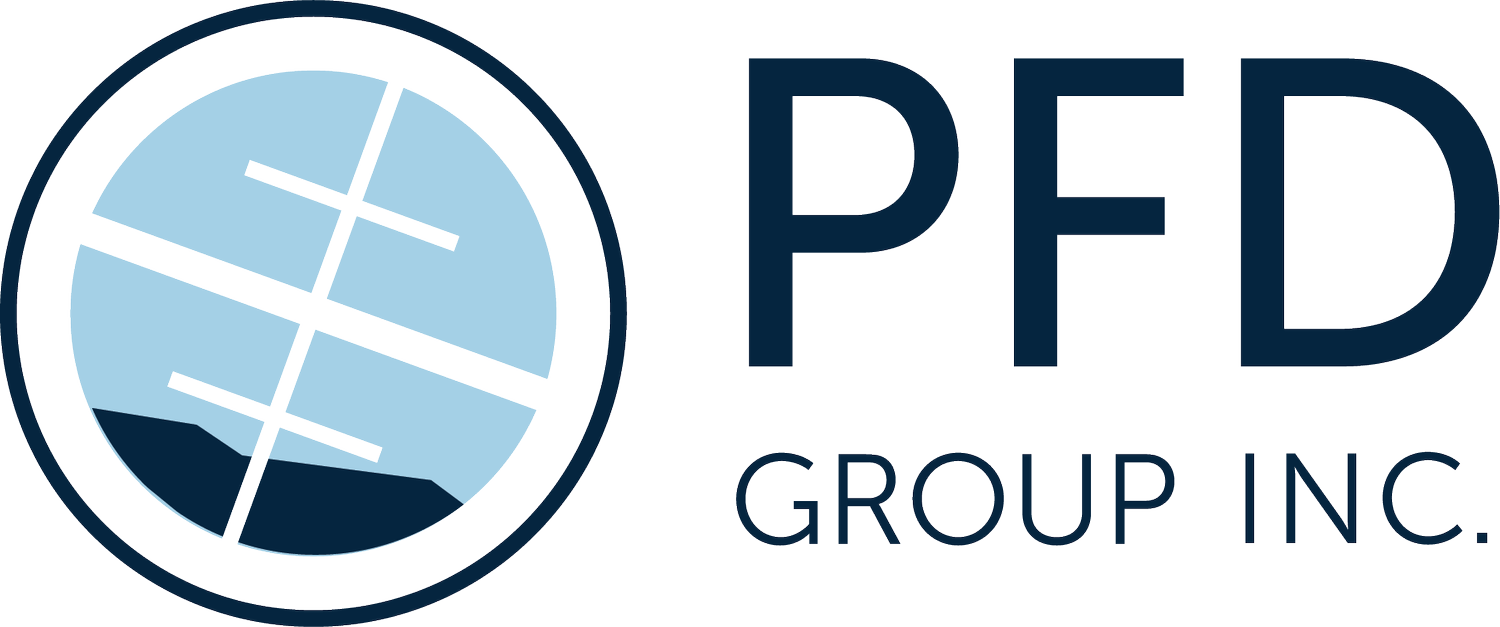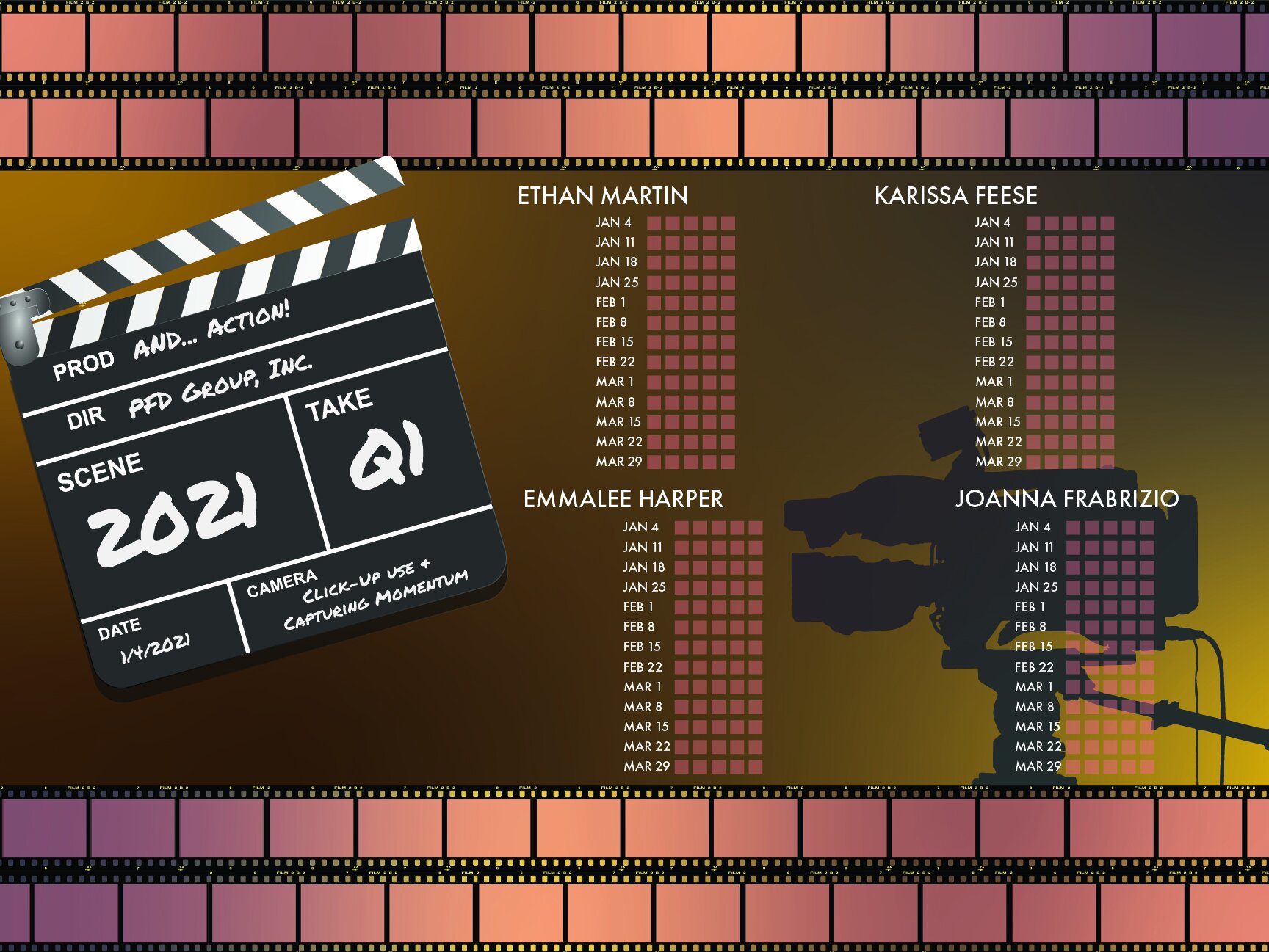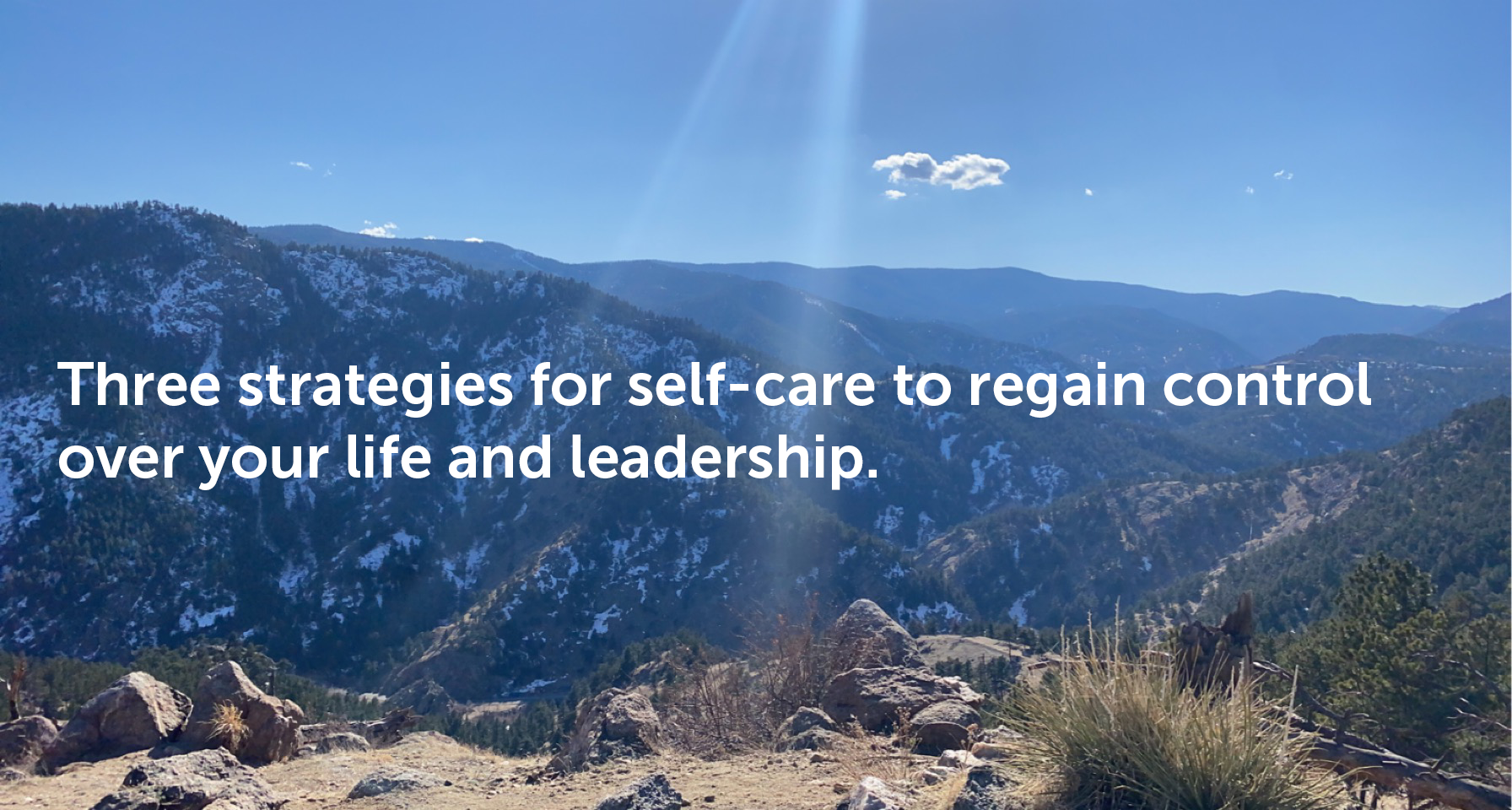CEOs and senior leaders should already be planning their business strategies for next year and beyond. As you start crafting the agenda and designing your anticipated strategic outcomes for your annual meeting, it is critical to spend some careful time envisioning your ideal attendee list. A misaligned attendee list can quickly derail any positive outcomes you might anticipate from your planning meeting.
Quarterly Themes: Creating alignment and Boosting Team Morale
As we have been working in a pandemic for more than a year, there is one thing that all the leaders I have spoken with have agreed upon: we and our teams are exhausted. I am a big believer in optimism, but I am an equally large proponent of addressing what Admiral James Stockdale calls the “brutal facts of your current reality,” and, in this moment, addressing the brutal facts means recognizing that team morale and alignment may be suffering.
One powerful way to re-inspire your team and bring energy (and fun!) back into your workplace is to announce a quarterly theme that you and your team can rally behind. Quarterly themes are generally created by gathering a representative from each department and/or your leadership team for a quick 45 minute meeting.
In the meeting, you and your team should consider where your company is at, upcoming priorities and future goals. The most important thing to remember while creating this team is that it should create a “win x4;” a win for the company, a win for customers, a win for the employees, and a win for the community. By ensuring that your theme is one that will motivate your employees and create value for customers and community, you will effectively be drawing in a crowd of individuals who will support your work.
As an example, this quarter we at PFD have decided that our quarterly theme would be “Paddle!” We wanted to capture the idea that in order to catch a great wave of change, you have to put in significant effort to ensure that the wave does not pass you by. As a company, we have several key thrusts in the works, which led us to choose a theme that will remind us to keep paddling so that we can catch a wave that will generate enormous benefits for our team and community.
Q3 2021 Theme: Paddle! The Key Thrusts have been generalized so as not to give away our strategy.
If you would like more inspiration on potential themes for our company, check out some of our past themes:
Q2 2020 Theme: “Our Finest Hour”. For this theme, we were in the height of uncertainty with the pandemic, and we were searching for empowerment in our team. We found inspiration from another period of history marked with fear and uncertainty, WWII, and specifically Winston’ Churchill’s “This Was Their Finest Hour” speech. It was because of this speech that we decided to rise to the challenge - making that quarter “Our Finest Hour” - and finding creative ways to positively impact 1,000 lives. If you would like to read more about this theme, check out this blog post here.
Q1 2021 Theme: And… Action! For this quarter, we wanted to inspire our team to be very action-oriented, so to accomplish this end, we had our team track their use and adoption of our new project-management software. By ensuring the team used the project management software, they had a clear means to track progress on their projects, thus inspiring action. There also was a celebratory component, as we also had our team members submit photos of the different things they were doing - both within work and outside of work - to commemorate all that been done during the quarter.
Q3 2020 Theme: Partner Pinball (names removed this blog post). For this theme, we wanted our team members to engage with key partners throughout the quarter to help facilitate a strong launch to a project. A star was added next to the name of each partner engaged, to make sure we kept the focus on partners present and at the forefront. The relationships we have with CEOs and other leaders are critical to our success, so we wanted to focus on treating those partners well for the duration of the quarter.
If you would like more help creating your quarterly theme, I recommend this 9-minute video: Developing a Theme for Your Team.
Why do I Need a Strategic Coach?
As sports fans, we would never expect our favorite athletes to win games without coaches. Could you imagine an Olympic gymnast getting a gold medal without someone to correct their form and push their limits? Could you imagine an American football team winning the Superbowl with the Quarterback responsible for calling all the plays, analyzing the opposing team, and coaching the defense in addition to the offense?
When we think of professional athletes, we understand how ridiculous it is to expect them to compete and win on a high level without a coach. This being said, when it comes to business leaders, we tend to expect them to perform at extraordinarily high levels without a similar kind of guidance. Like athletes, business leaders are professionals. They need to understand their strategy, execute that strategy, pivot to various demands, consistently be learning new skills, work with and lead their teams, all so that they can win in the marketplace. With all of these duties, plus ensuring that the day-to-day activities are completed, there is an extreme amount of pressure on the CEO and leadership team. This is where a business coach can help.
Take a look at this video of Bill Gates and Eric Schmidt:
Despite the need for a coach, we have found that, in the market, there is some confusion as to what exactly strategic coaches do. Let’s provide some clarity.
Reduce stress by creating simplicity in strategy and building teams
“I really enjoy working with Ethan for not only his creative strategic insights, but also for his ability to recruit and inspire diverse teams for lasting results.”
First and foremost, as strategic coaches, our goal is to reduce your stress as CEOs. Typically, when CEOs come to us for coaching services, they spend the majority of their days firefighting – jumping from task to task that is necessary for business survival. In the past, when their company was smaller, these CEOs could handle many of these smaller tasks personally. As the company scales, however, these leaders find that there simply aren’t enough hours in the day to handle all that is asked from them, and their days are becoming filled very quickly with duties that don’t seem to matter this much. Exacerbating these stressful days, if the CEO were to continue like this, it is very unlikely that the company would grow, because the CEO doesn’t have time to spend on their vision of the future, nor do they have the time to guide their team in getting there.
As a coaching company, it is our job to help you get out of this daily firefighting mode through both helping you simplify your strategy, as well as build a phenomenal team of leaders to support you in making that strategy come to fruition. Unnecessary complexity breeds wasted time. We will help you gain confidence and clarity in an actionable strategy that you are excited about. Further, we will engage your leadership team in the planning process, creating alignment around the strategy. We will also advise on any significant gaps in the leadership team, and how to fill them in with the right people. Many of the tasks that take up a CEO’s time could realistically be handled by a different, trusted member of the leadership team, and these team members could take on even more responsibility to drive the company into its next stage of growth. This both frees the CEO’s time to work on the business (as opposed to in the business), while creating sustainable growth.
““Everything that your team has done for us has enabled us to grow and learn in ways that are not just solving problems and putting out fires. You can get so bogged down in the minutiae of chasing your tail, and if you don’t dedicate time to growing leaders, you’re going to end up running everything in your company. And that’s not what I wanted to do. I didn’t want my job to own me.””
Deep knowledge of proven growth tools and execution rhythms
I’ve never gone to the gym and benefitted from watching someone else lift weights. I’ve had personal trainers show me how to lift weights, walk me through the proper form several times so I am confident and clear on my exercise routine, and that has been extremely helpful. The real power of going to the gym comes when I take what I’ve learned, and I consistently put it into practice – exercising consistently using proper form and routines. It is when I do that, that the trainer can coach me to the next level, introducing more advanced lifts and increasing weight.
At PFD, we have a similar approach to a personal trainer. With twenty years of entrepreneurial and coaching experience, plus coaching certifications through Scaling Up and 3HAG Way, we have in-depth knowledge of the strategic tools and execution rhythms that have helped thousands of companies scale their practices. Further than that, we have invested in our team to be able to support the integration of these systems into your company. Our Director of Client Success, Karissa Feese, has been doing an amazing job with our current clients teaching the software systems to leadership team members to keep the strategy central to day-to-day activities. Importantly, we won’t fill out or update these tools for you, as that would be like going to the gym and watching the trainer lift your weights for you. Rather, by implementing use of the tools, execution rhythms and software, your team will become stronger.
“After one year of working with PFD Group, we reached and exceeded goals that we didn’t think were possible at the beginning of the year.”
Being a trusted confidant and seeing the blind spots.
Finally, as a coach, it is my job to understand and help CEOs work through the things that have been keeping them up at night. We have the privilege of working with many CEOs across several industries, which gives us the ability to see reoccurring patterns and creatively produce solutions. When you’re in a company each day, it is inevitable to develop blind spots. Through our position as a coaching company, it is our duty to surface those issues to be solved, so that you are not blindsided by them at a later point. At PFD, one of our core values is to be the confidant - nurturing a culture of confidentiality, trust, and vulnerability. We recognize our responsibility in our positions as coaches, because when our clients reach out to us, they share their greatest opportunities and challenges. We do not take this responsibility lightly.
““Ethan, thank you for your constant encouragement and coaching. I could not have done it without you over the last two years. Thank you for being you - a compassionate, caring, coach.””
As the CEO, you are the quarterback and the captain of your team. You are on the field, leading your team, making the plays, and driving your business forward. You deserve to have someone have your back. As a coach, we have a vested interest in your growth, both as a leader and within your company. We aim to reduce your stress by drive simplicity in your strategy and building a strong leadership team around you, and we will help you implement execution rhythms and tools to consistently make progress on your strategy. Simply put, we will help you grow, while simultaneously helping you make running a company easier.
It’s Time to Strategize Self-Care. Your Leadership depends on it.
We are living in an era where stress is the norm. At PFD, we recognize that there are numerous stressors in our own lives, including but not limited to political, social, and cultural upheaval, the continued economic hardship, as well as our own individual challenges. At PFD, we are also deeply saddened by the terrible acts of violence that have happened across the country, as well as in our own community in Boulder, Colorado. To add extra pressure, we know business leaders feel continual and immense pressure to lead well in order to be able take care of the people they employ, as well as the broader community. These stressors accumulate fast – in the past couple of months, 84% of adults said they experienced at least one emotion tied to prolonged stress – like anxiety (at 47%) sadness (at 44%) and anger (at 39%). Further, 67% of people in the United States said that the challenges they face are overwhelming. There’s no way around it – we are facing an inordinate number of stressors that affect our ability to lead and live stable, healthy lives.
As leaders, we are also prone to sacrificing our mental and emotional well-being to try to serve those around us. We do this because we know what’s at stake – we put in the extra hours and take the personal sacrifice to protect our team. While this quality is admirable, we are at risk for depleting our time and energy at unsustainable rates. We know that we cannot to pour from an empty cup, without taking time and refill it. In the past year, we have gone through so much, collectively and individually. This being said, there are definitive ways that we can refill and rejuvenate ourselves to be able to bring our best selves to our leadership positions.
Plan on sleeping
A third of your day should be dedicated to resting. It may sound simple, but we often neglect our sleep in favor of other activities; however, sleep is extraordinarily important. Consider these facts:
Good sleep can improve concentration and productivity
Sleep is important to regulating mental wellness. Mental health issues, like depression are strongly linked to poor sleep quality and sleeping disorders.
Sleep is important to regulating health. Poor sleep is linked to increased inflammation (like Chron’s disease), a greater risk of heart disease and stroke, and even a greater risk for type 2 diabetes.
Sleep is important to your emotional and social interactions –poor sleep can reduce your social skills and ability to recognize emotional expressions in others.
Try these strategies for setting yourself up to sleep well:
Go to sleep and get up at the same time every day – this will help set your body’s circadian rhythm.
Control your technology and light exposure. Using bright screens within 1-2 hours of your bedtime, can negatively impact your ability to fall asleep
Exercise during the day – even light exercise can improve sleep quality
Be mindful about what you eat and drink – caffeine, nicotine and alcohol, sugary foods, as well as eating big meals before bedtime can all disrupt sleep
Wind down at night. Creating a nighttime routine can help you calm down at night more effectively.
Create mindfulness around media consumption
We as people tend to have a desire to be informed. When we turn to the news or our social media feeds, we are tuning into the lives of the people we care about or admire, or the major events in our community and the world at large. This is not inherently a bad thing, but it doesn’t take an expert to understand that an excess of media is detrimental. For several years now, we have been coming to understand the adverse impacts of social media, in that it is deliberately designed to be addictive, with features like the ‘like’ button, consistent alerts, and the ‘infinite scroll’, and heavy social media use is linked to increased stress, anxiety, depression, isolation, and feelings of loneliness. Similarly, constant access to negative and alarmist news media can take a similar toll. When our bodies sense a threat, our brain activates our flight or fight response – even if the threat is being relayed to us through our televisions and news applications. Consuming news can cause our brains to release stress hormones, like cortisol and adrenaline, and prolonged exposure can lead to an increase in fatigue, anxiety, depression, and sleep loss.
Because we should be informed, but overconsumption can cause harm, we should employ strategies to moderate our exposure to media. These strategies could be:
Limit your time on news each day. Rather than having the news be background noise, take no more than 30 minutes each day to catch up with what has been happening in the media and on social media.
Create list of “purposes” around your different media outlets. When you define a purpose for each piece of media, limit your consumption of that media to that purpose. If your main goal for using Facebook is to catch up with close friends and family, edit your notification settings to just to see when they post, rather than aimlessly scrolling around the site. If your main goal for going to a news site is to get business-related news and economic forecasts, but you find yourself mindlessly frequenting the celebrity gossip columns, create the intention to change your consumption habits.
Acknowledge your emotions when consuming media. If you are feeling particularly pessimistic or angry one day, it might be a better strategy to avoid the news that day.
Subscribe to a reputable newsletter or podcast. Rather than flipping through different news channels and sites, a newsletter or podcast that summarizes the large news stories for that day inherently limits your time and contact.
Do something healthy after you watch the news. Because the news can be a stressor, following your news consumption with healthy action can reduce your stress and the adverse impacts of the news. These activities could be exercising, taking a walk, talking to a friend, or working on a hobby.
Schedule your routines
At PFD, we are proponents of routine. As leaders, we often face unpredictable situations that require creative action and solutions. Because these situations can be energy-depleting, we encourage you to create structure in your day to replenish your energy and mental wellness. Routines have been linked to better stress levels, sleep, health, and self-esteem.
Try these strategies to improve routine in your life:
Write out the specific steps in your routine and schedule those routines in your day. By writing down the steps, you are taking the first steps to making these routines an actionable part of your day.
Begin your day with an intentional routine. For more information on an effective routine that sets the tone of your day, check out this blog.
Make sure you include getting outside and exercise into your routines. These activities have been linked to decreased stress and overall improved health, and are therefore crucial to maintaining resiliency in our lives.
Cultivate mindfulness as a part of your routine. Taking time out of your day to meditate or engage in another mindfulness activity can help relieve stress and improve focus and productivity.
In a world of continued stress, it is crucial we continue to engage in self-care activities so we have the bandwidth to lead our teams and communities well.
Kick Off Your 2014 Strategic Planning Now
Now is a great time to finalize your plans for 2014. Like many companies, you are probably facing growth opportunities in several areas of your business. Yet, the economy is uncertain. Where should you focus your resources? How can you get your leadership team on one page to execute the vision efficiently?






















